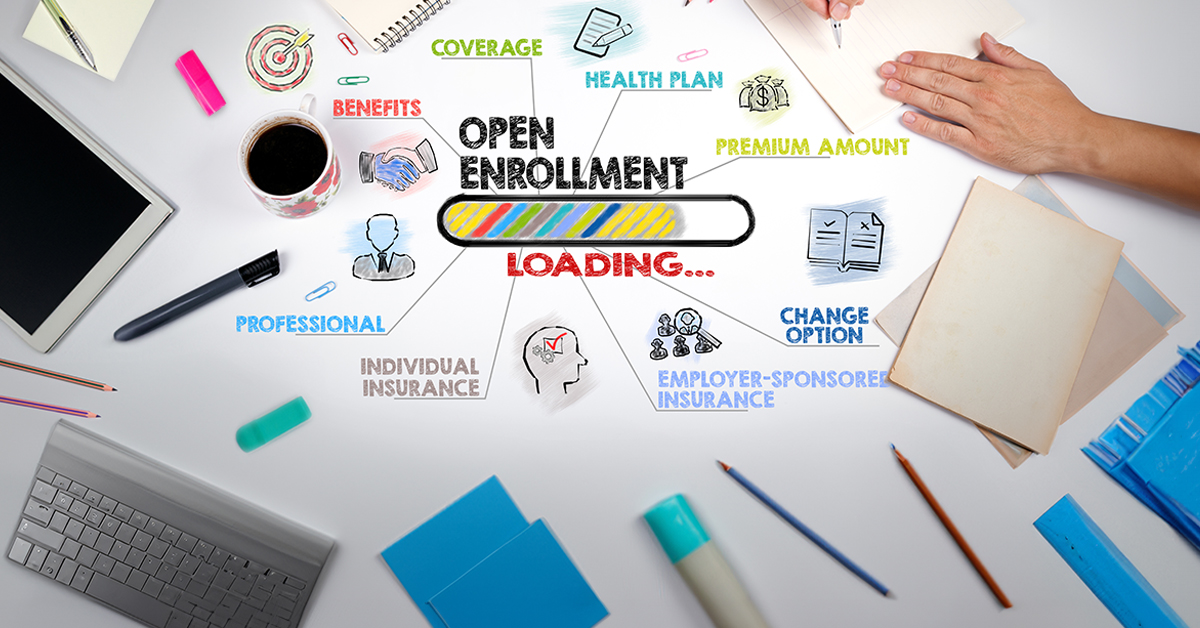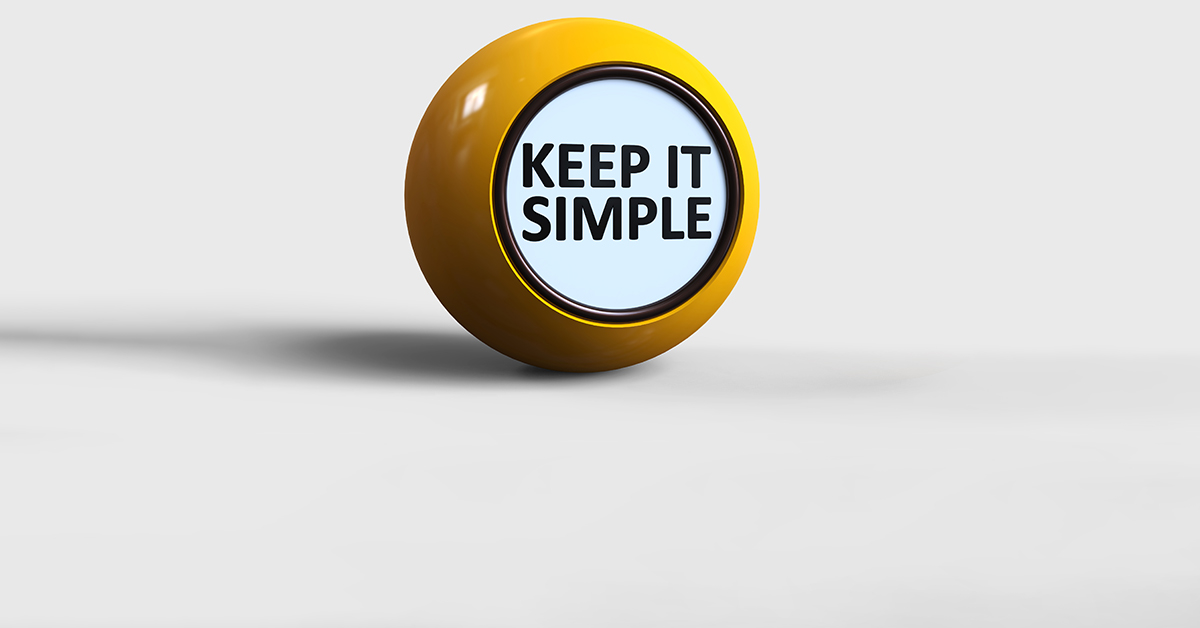With more employees working from home, Open Enrollment communications need to be clearer and more concise than ever. Why?
The interruptions of home life can distract an employee during important decision making. In-person camaraderie isn’t happening, so employees aren’t sharing benefits insight or advice in the halls.
Still, in a recent Jellyvision survey, three out of five employees said they’ll be giving extra attention to choosing benefits this year. Now’s the time to dig into last year’s OE communications and see where you can simplify.
Sometimes, though, we get stuck in our HR brain. And it’s certainly complicated in there! We have some tips and tricks to help get the right words out to employees this year.
Before You Write the First Word
Get a peer review of last year’s communications. Not HR peers. Ask people who don’t use benefits jargon as their second language and aren’t longing for legalese.
The most complicated OE communication is probably your benefits guide. Ask three employees to read it and answer these questions:
- Can you clearly see the main messages we’ve tried to convey?
- Could you make informed decisions using this guide?
- Is there anything missing that would be helpful?
When to Get the Word Out — Slow Drip
If you’re sending postcards, emails, and detailed guides in a two-week period, that’s a firehose stream of information. Tough for any employee (even the most interested) to absorb all that.
Instead, use the slow drip approach. Start early with an “OE is coming” postcard and make your way weeks later to the benefits/enrollment guide. In between, hang posters, send emails, post on your intranet, host webinars, etc.
Read on for a suggested timeline.
Only the Words They Need to Hear — Bite-Size
On average, you’ll get 30 minutes of an employee’s attention when they’re choosing benefits. So, tell them only what they need to know for informed decision making.
- Who doesn’t love nuggets?! Break information into chunks with clear headers. If someone wants to know the IRS limits for an account, don’t make them dig through paragraphs. You don’t need a long intro for the medical plans you offer, so get into the meat…because employees are hungry for real information.
- A picture (or chart) is worth a thousand words. If you can put it in a chart, you don’t need to write it in a sentence. People absorb visual information 10 times faster than textual. And they remember 80% of what they see, but only 20% of what they read.
- Leave the details up to your SPD. It’s true…you do need to provide the intricate details of your plans…somewhere. But that somewhere is not in OE communications like your benefits guide or email campaign. (Oh, and here’s how to write better SPDs.)
Hint: If you still have full paragraphs of text throughout your guide, you probably need a rehaul.
When Summer’s Ending, You’re Just Starting
For a late October enrollment, a slow-drip campaign might look like this:
| Mid-August |
| – Teaser/kick-off announcements – Messaging around “watch for what’s to come” |
| September |
| – Weekly or bi-weekly communications with chunks of information – Home mailer with highlights and a few important details – Portal/website or interactive guide with deeper-dive information, tools, and resources |
| Mid-October |
| – Meetings, webinars, and benefits sessions – Displays for enrollment to do’s and timing – Weekly reminders to enroll (first day, one week left, last day) |
Remember: Reports show employees are giving extra attention to their benefits this year. Help them focus that attention by keeping your OE communications clear, concise, and consistent.
Keep up with us on LinkedIn for more tips on HR communications.



